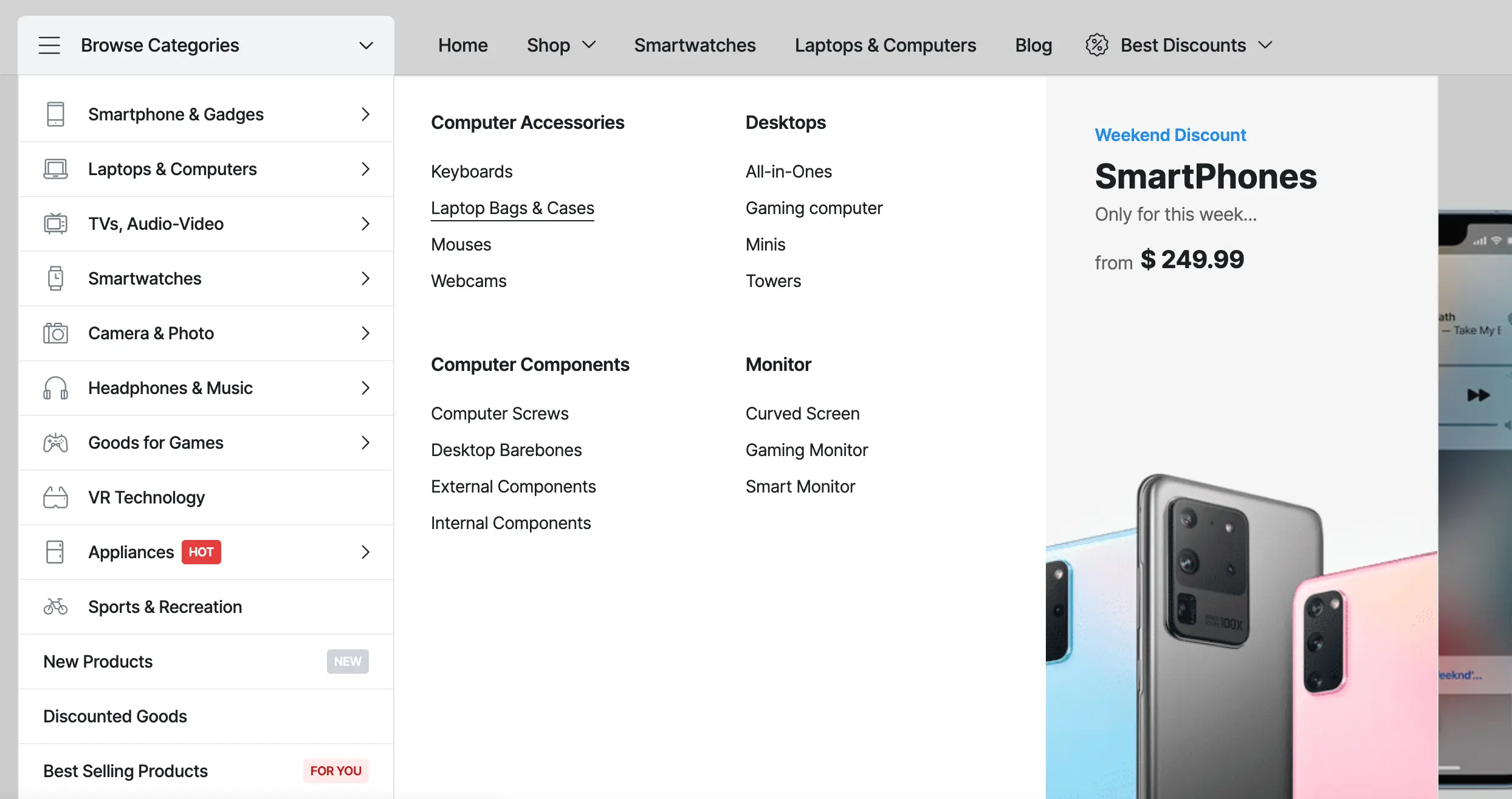Navigating the Future of E-Commerce: 12 Practical Tips, Trends, and Statistics for 2024
This year promises to be a year of significant evolution, characterized by technological advancements, shifting consumer behaviors, and emerging market trends. As businesses strive to adapt and thrive in this rapidly changing environment, it becomes essential to stay informed about the latest developments and strategies shaping the digital marketplace. In this article, we’ll explore practical tips, key trends, and relevant statistics to help businesses navigate the future of e-commerce in 2024.
Embrace Mobile Commerce:
The proliferation of smartphones and tablets has transformed the way consumers shop online, with mobile commerce playing an increasingly prominent role in e-commerce transactions. As such, businesses must prioritize mobile optimization to cater to the growing number of consumers shopping on mobile devices. Statistics indicate that mobile commerce is on the rise, with mobile accounting for a significant share of e-commerce sales. By optimizing their websites and digital experiences for mobile users, businesses can capitalize on this trend and enhance their competitiveness in the mobile-driven marketplace.
Personalize the Shopping Experience:
In an era of heightened consumer expectations, personalization has emerged as a key differentiator for e-commerce businesses. By leveraging data analytics and AI-driven personalization tools, businesses can deliver tailored shopping experiences based on individual preferences and behaviors. This level of customization not only enhances customer satisfaction but also drives engagement and loyalty. Research indicates that personalized recommendations and targeted marketing messages are more likely to resonate with consumers, leading to increased conversion rates and higher average order values.
Invest in Augmented Reality (AR) and Virtual Reality (VR) Technologies:
Augmented reality (AR) and virtual reality (VR) technologies have the potential to revolutionize the e-commerce experience by providing immersive and interactive shopping experiences. Businesses can leverage AR and VR solutions to enhance product visualization, allowing customers to virtually try on clothing, preview furniture in their homes, or visualize products in real-world environments before making a purchase. As consumer adoption of AR and VR continues to grow, businesses that invest in these technologies stand to gain a competitive advantage and differentiate themselves in the market.
Prioritize Sustainability and Ethical Practices:
Sustainability and ethical considerations have become increasingly important factors for consumers when making purchasing decisions. Businesses that prioritize sustainability in their e-commerce operations, from environmentally friendly packaging to ethically sourced products, can appeal to conscious consumers and drive brand loyalty. Research indicates that a growing number of consumers are willing to pay a premium for products that align with their values, making sustainability a strategic imperative for e-commerce businesses looking to capture market share and differentiate themselves in a crowded marketplace.
Optimize for Voice Search:
The rise of voice-enabled devices such as smart speakers and virtual assistants has transformed the way consumers search for products and make purchases online. As such, businesses must optimize their e-commerce websites for voice search queries to capture traffic from voice-enabled devices effectively. Voice commerce is expected to continue its upward trajectory, with more consumers using voice commands to search for products, compare prices, and place orders. By optimizing for voice search, businesses can improve their visibility in voice search results and capitalize on this emerging trend.
Leverage Social Commerce:
Social media platforms have become influential channels for e-commerce, with millions of users turning to platforms like Instagram, Facebook, and TikTok for product discovery and shopping inspiration. Businesses can leverage social commerce to showcase products, engage with customers, and facilitate seamless transactions directly within social media platforms. Shoppable posts, live shopping events, and influencer partnerships are just a few examples of how businesses can harness the power of social commerce to drive sales and build brand awareness.
Enhance Customer Support and Engagement:
In the competitive e-commerce landscape, delivering exceptional customer support and engagement is essential for building trust and loyalty with customers. Businesses can leverage tools such as live chat support, chatbots, and personalized customer service to provide prompt assistance and address customer inquiries effectively. By investing in omnichannel support and proactive engagement strategies, businesses can create positive customer experiences that drive repeat purchases and word-of-mouth referrals.
Prioritize Cybersecurity:
With the increasing frequency and sophistication of cyberattacks, cybersecurity has become a top priority for e-commerce businesses seeking to protect customer data and safeguard against potential breaches. By implementing robust cybersecurity measures, such as data encryption, secure payment gateways, and regular security audits, businesses can mitigate the risk of cyber threats and build trust with customers. Research indicates that cybersecurity is a significant concern for consumers, with many citing security as a primary consideration when making online purchases.
Offer Flexible Payment Options:
Providing customers with a variety of payment options is essential for accommodating diverse preferences and reducing friction in the checkout process. In addition to traditional payment methods such as credit/debit cards and digital wallets, businesses can offer alternative payment solutions such as buy now, pay later (BNPL) options and cryptocurrency payments. By offering flexibility in payment methods, businesses can improve conversion rates, reduce cart abandonment, and appeal to a broader range of customers.
Stay Agile and Adapt to Change:
In the fast-paced world of e-commerce, agility and adaptability are essential for staying ahead of the competition and capitalizing on emerging opportunities. Businesses must continuously monitor industry trends, consumer preferences, and technological innovations, and be prepared to adapt their e-commerce strategies accordingly. By embracing change and adopting a proactive approach to innovation, businesses can position themselves for success in the evolving e-commerce landscape.
Conclusion:
As we look ahead to 2024 and beyond, the e-commerce landscape presents a wealth of opportunities for businesses willing to embrace innovation and adapt to changing consumer preferences. By leveraging mobile commerce, personalization, emerging technologies, and ethical practices, businesses can position themselves for success in the competitive e-commerce marketplace. By prioritizing customer engagement, cybersecurity, and agility, businesses can navigate the challenges and uncertainties of the digital landscape and drive growth in the years to come.
Related Articles
If you enjoyed reading this, then please explore our other articles below:
More Articles
If you enjoyed reading this, then please explore our other articles below:


















 2019-2025 ©
2019-2025 ©